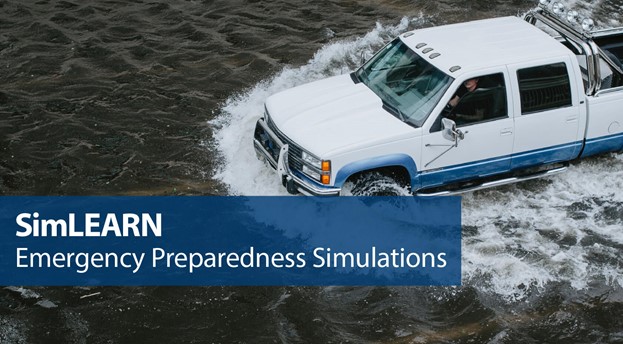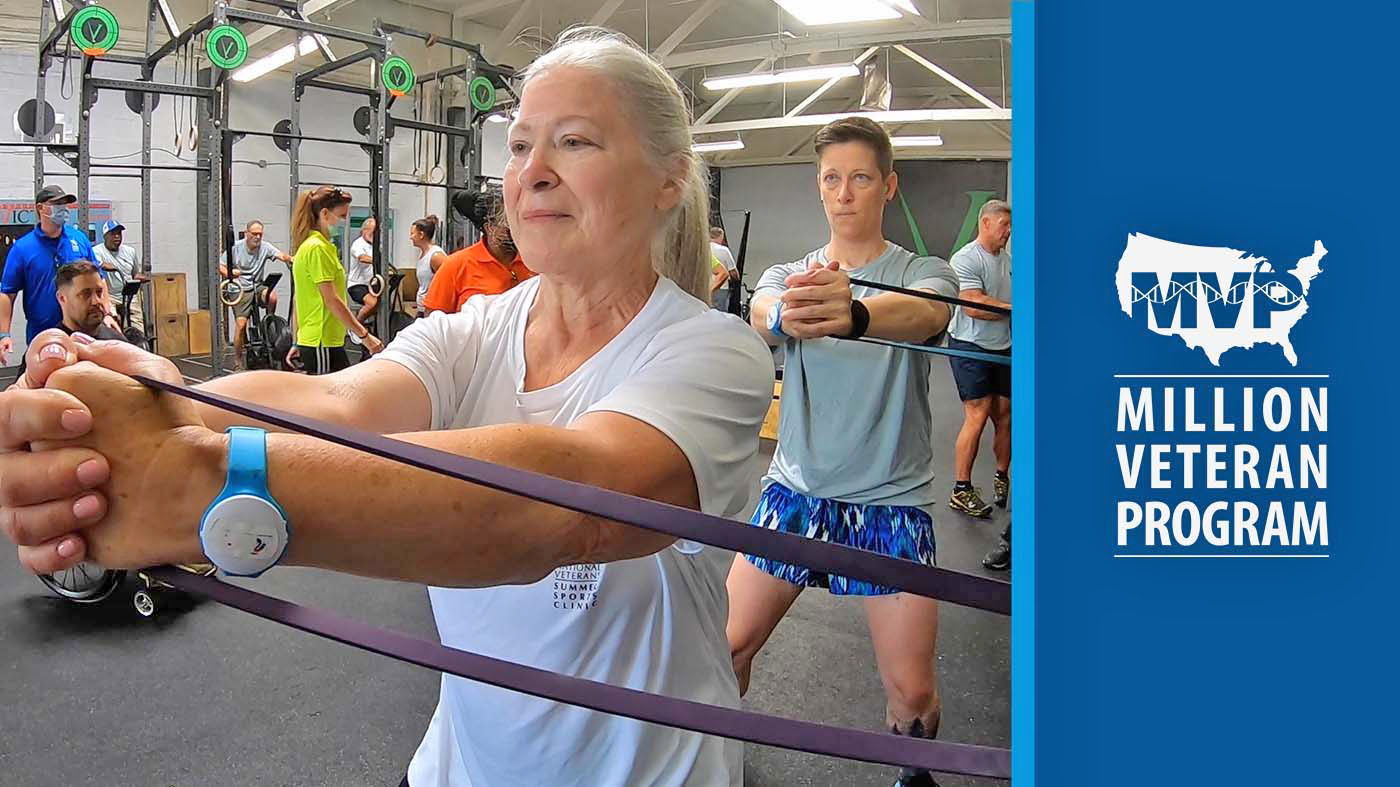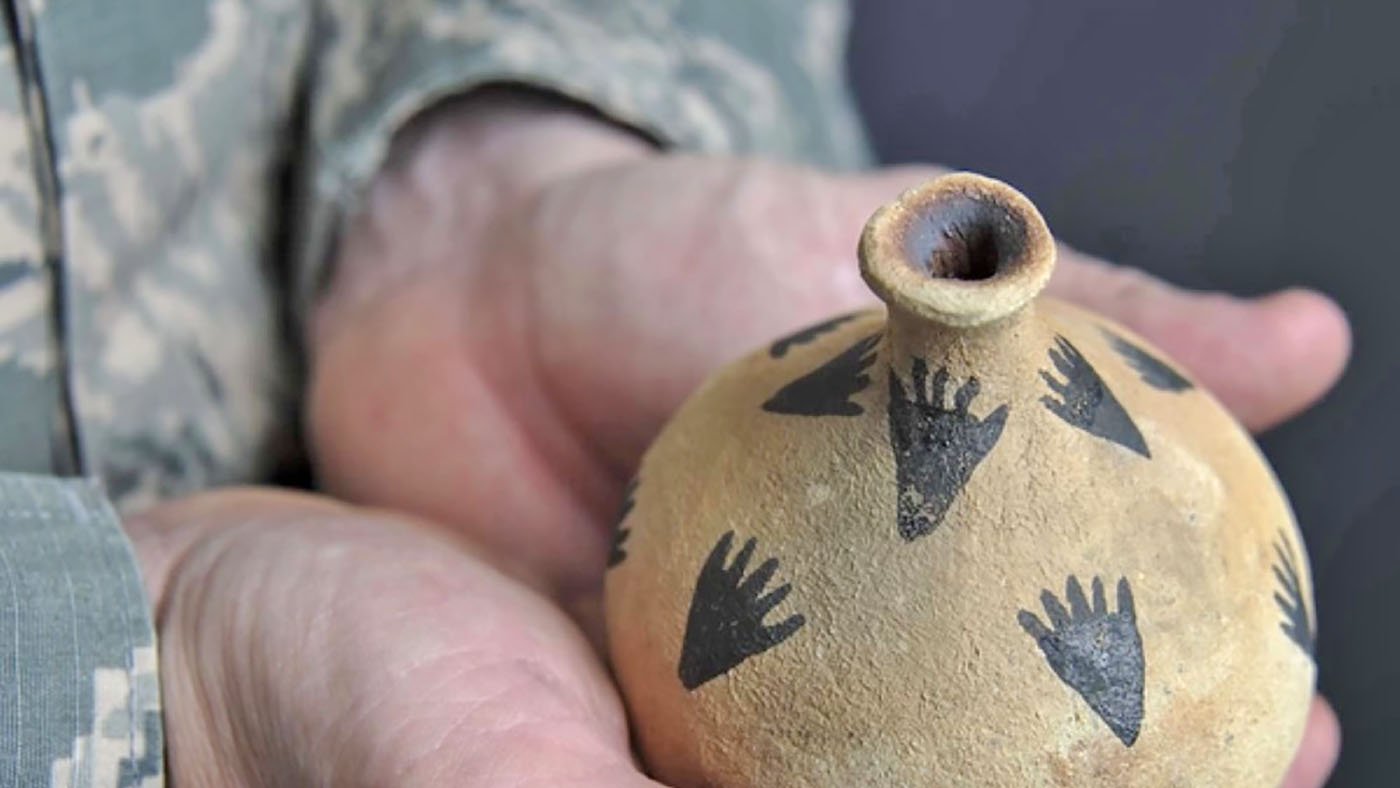In this four-part series on VA Emergency Preparedness Simulation efforts, you will learn how simulation and emergency preparedness professionals are using simulation to build collective strategies that mitigate, prepare, respond and recover from tragedies impacting Veterans and their communities at large, helping to fulfill VA’s commitment to Veteran care and its Fourth Mission.
Part three of this series explores how simulation experts with the Simulation Learning, Evaluation, Assessment and Research Network (SimLEARN) use functional exercises in preparing for potential emergencies that impact the lives of Veterans and the operations of society. The previous installations in this series provided an overview of how simulation is used to prepare health care facilities and professionals across the Veterans Health Administration (VHA) enterprise and described how simulation professionals use tabletop exercises.
Another method of simulation is functional exercises. This practice applies specific emphasis on critical elements of a response plan, which may be technical in nature, but has its own process of command and control, coordination and resource application. For example, a hospital is a system of systems that may experience its own unique impacts during an emergency. When the hospital experiences a hazardous event, each system will realize unique stressors applied to them, based on their integration into the broader hospital operation. Leaders at all levels must be able to manage the impacts of their services or systems to protect the hospital from more significant impacts across the organization.
A health care organization may conduct simulations by way of functional exercises to test the resiliency of specific systems and services that may experience impacts in a more significant emergency event. These functional exercises can involve a system’s ability to absorb additional workload demands or a loss of critical system components. Functional exercises help an organization or facility see where the breaking points—or areas of weakness—may be and how the organization may alleviate these vulnerabilities through planning mitigation and preparedness strategies.
Functional exercises can be very technical and focus on key assets that can be employed during an emergency. For example, hospitals conduct simulations with simple systems, such as electrical generators to determine their capability to handle power demands during an event. However, the simulations can be a collaboration of technical systems and exceptional staff, such as the deployment of mobile assets. Those assets usually involve rolling stock, such as vehicles and trailers, but can also include tents and generators.
VA maintains a fleet of Mobile Medical Units (MMU), which are rolling clinics capable of providing outpatient care services to rural or isolated areas. MMUs are also used to supplement care services when traditional sites of care are unable to offer them due to damage at the facilities. These MMUs can rapidly deploy and support small numbers of patients, including maintaining their communication and water needs. The VA organizations that house MMUs conduct functional training exercises where clinical staff and MMU operators are given a simulated scenario involving patients in isolated situations. The team is tasked with working collaboratively to prepare the vehicle for deployment and conduct clinical operations remotely. The units are deployed during these simulations with all the necessary supplies and equipment to conduct autonomous operations for short durations. The simulation tests the organization’s ability to be responsive to the needs of Veterans and other patients during emergencies away from the main hospital site.
Functional exercises are intended to test the capabilities of not only the vehicles but also the staff as they adjust to different scenarios that require them to address health needs when they do not have the resources of the parent facility. Although the command-and-control structure is not directly present with the MMU team, it must employ mission command remotely with deployed staff and integrate it with the hospital’s Incident Command System (ICS). Functional simulations like MMU deployments emphasize specific capabilities but ensure that the organization and its supporting staff do not lose sight of the bigger picture during the response.
In the last installment of this series, you will learn how professionals are using full-scale exercises to help VA facilities prepare for emergencies and ensure continuous, quality care for Veterans and their communities.
Topics in this story
More Stories
MVP’s research informs personalized care for Veterans, supporting whole health and beyond.
More than 4,000 American Indian/Alaska Native Veterans have been approved for the copayment exemption and we're here to help you apply for yours, too.
The screening is an important conversation with your VA health care provider. Here’s the reality behind common misconceptions.







